Hip injuries.

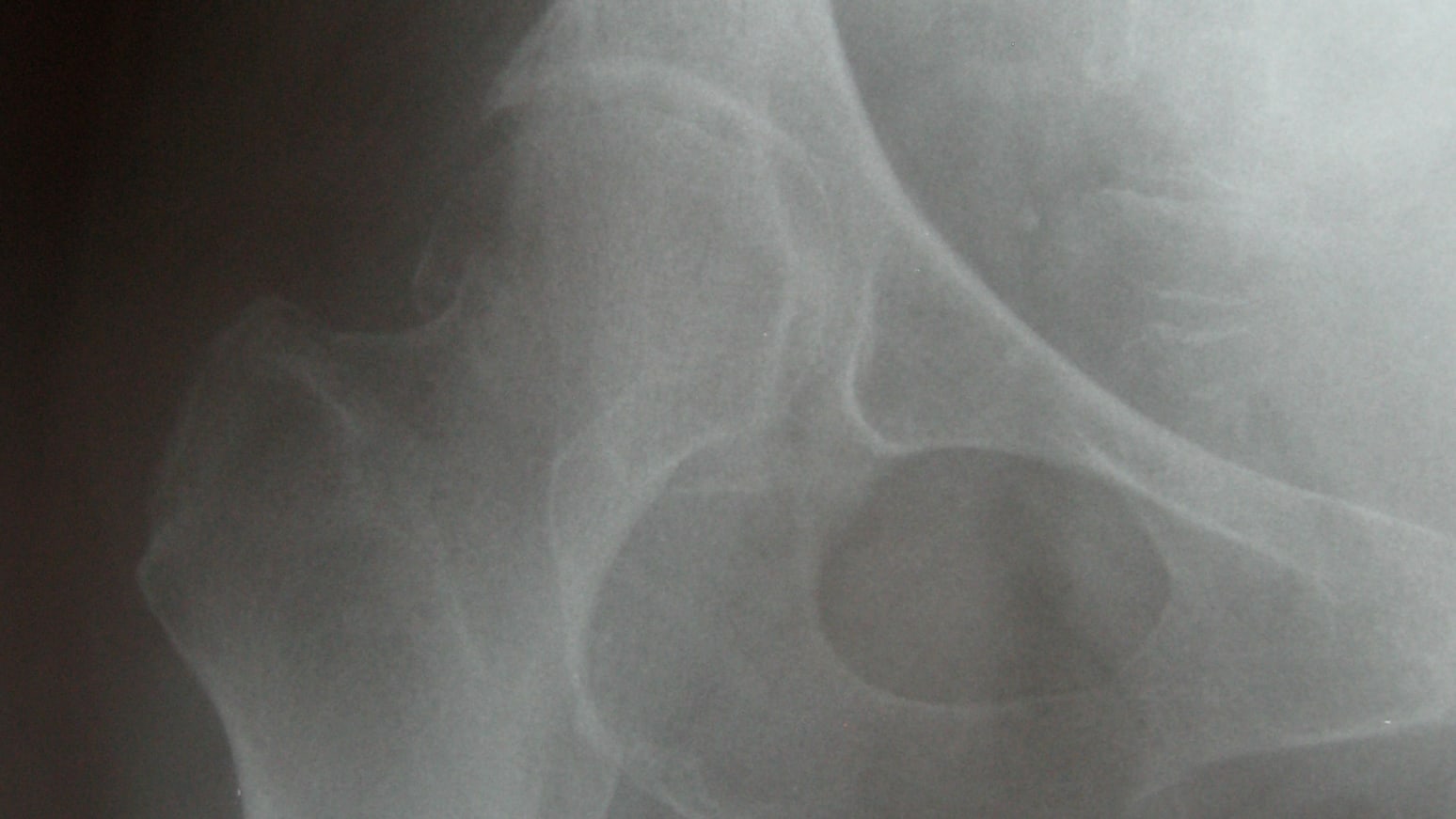
Garden classification of neck fractures.
Type 1 = Incompletely across the neck and not displaced.
Type 2 = Completely across neck but not displaced.
Type 3 = Completely across neck, displaced but not completely.
Type 4 = Completely across neck and completely displaced.
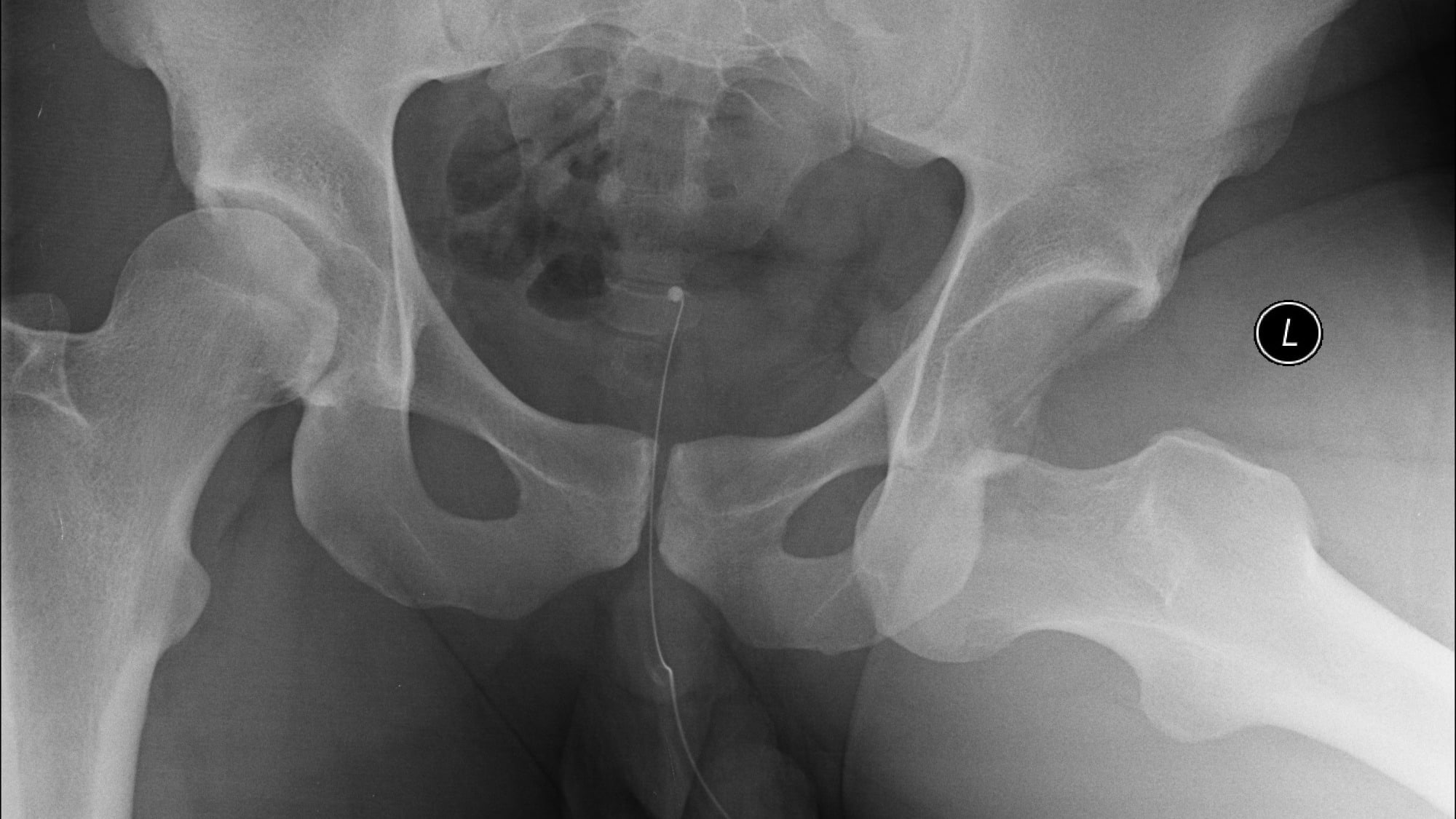
This is the most common type of anterior dislocation of the hip, where the hip dislocates anteriorly and inferiorly. Much rarer is the other type of anterior dislocation, where the head dislocates anteriorly and superiorly.
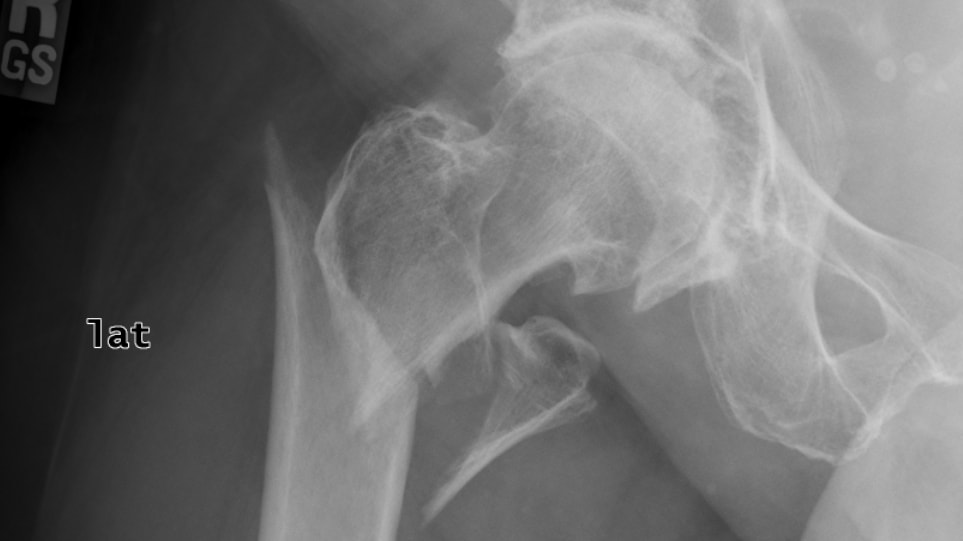
Subtrochaneric fractures are proximal femur fractures from the lesser trochanter to 5cm distal to it.
This requires a team effort and properly performed deep sedation. The pelvis must be stabilised (here a tight sheet is holding it down along with 2 assistants) and it can require significant force with longitudinal in line traction.
She was born in Colombia of Colombian and Lebanese descent.In 2020 she completed an Ancient Philosophy course from University of Pennsylvania. Go figure.

SUFE stands for Slipped Upper Femoral Epiphysis. If you compare the left to the right and look at the medial aspect of the head you can see the right head (left on the screen) has slipped.
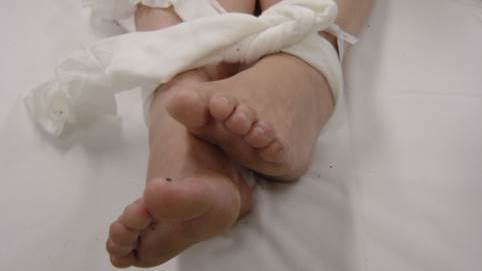
The photo shows the characteristic shortening and internal rotation of a posterior hip dislocation. Be sure to check that they can dorsiflex their foot (sciatic nerve).

Perthes disease is avascular necrosis of the femoral head that then fragments, reossifies and heals. However often the result of this process is a distorted shaped femoral head.
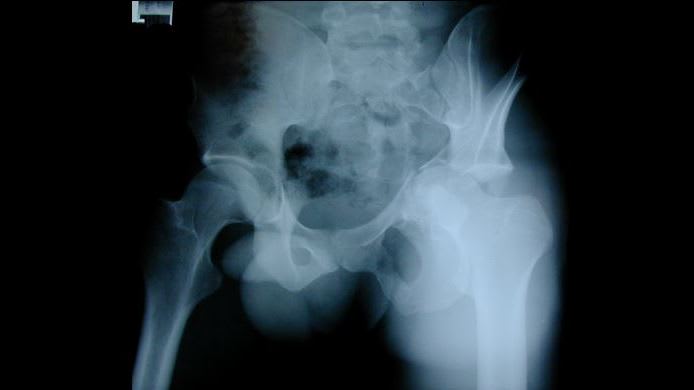
The left hip (right on screen) has been driven through the acetabulum into the pelvis. This injury could cause life threatening vascular injury from disruption of the pelvic vessels.
The Beatles covered it for the "live at the BBC" sessions.